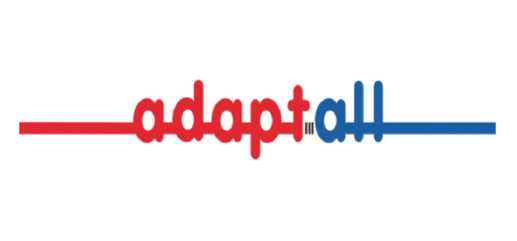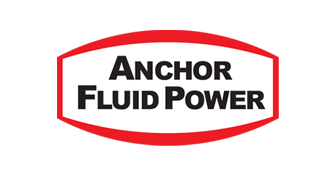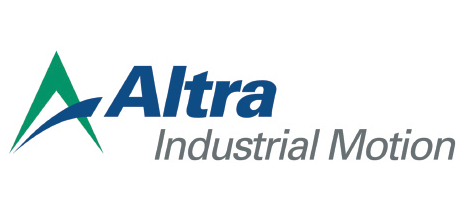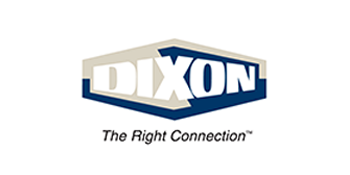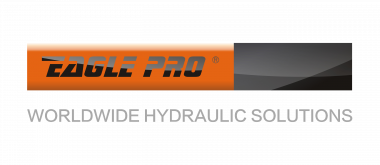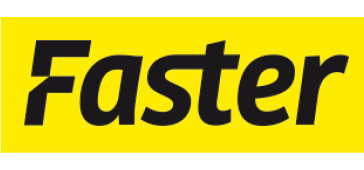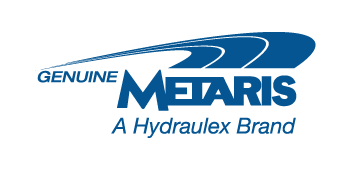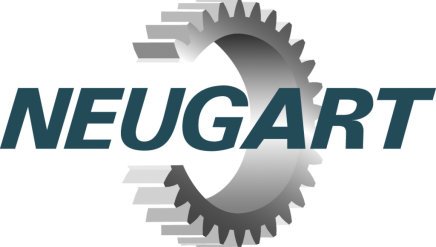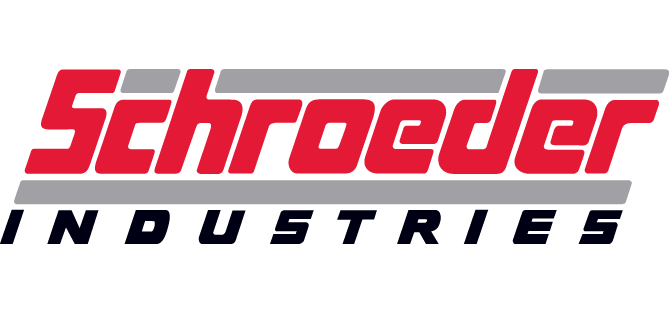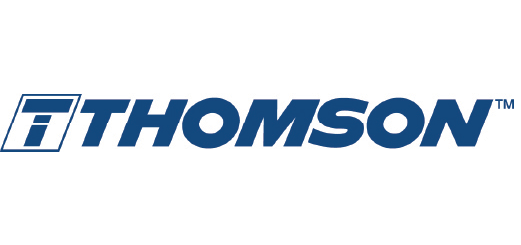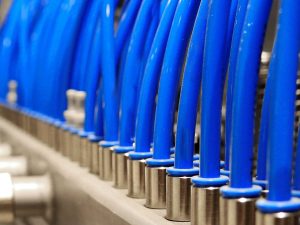 Pneumatics harness the power of air for power and movement. Compressed air is extremely powerful, which is why when using pneumatic hoses, routine inspection should occur to ensure the safety of all operators and bystanders.
Pneumatics harness the power of air for power and movement. Compressed air is extremely powerful, which is why when using pneumatic hoses, routine inspection should occur to ensure the safety of all operators and bystanders.
Whether dealing with rubber, PVC or stainless steel Teflon® pneumatic hoses, the inspection concept is the same: Check often and repair as soon as signs of wear or breakage are present. Kinking is a major cause of breakage in hoses. Ensure that hoses are stored properly — away from high traffic areas or corrosive materials — and when in use, are not experiencing unnecessary wear and tear, or being twisted, kinked or vibrated. The hose should lay in a flat coil and be laid on a shelf, table or even floor if the area does not experience high traffic. If possible, place the hose on a reel for increased safety and damage reduction.
A good way to ensure that inspections are occurring on a regular basis is to inspect a hose every time the air compressor is turned on. It only takes a minute and is a good habit. That minute can save you serious injuries that can occur as a result of a hose burst: cuts and bruises, skin penetration and whiplash, which can be fatal. Should you find a crack in the hose, damaged connections or any other sign
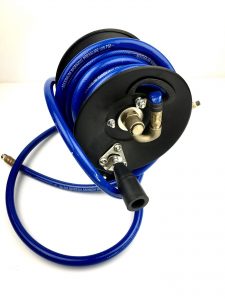
of wear and tear, it’s time to replace the hose. Utilize a flashlight to inspect the hose for any cracks, swelling, blisters, etc. If you have the proper equipment on-site to create a new hose, make a new one before starting the job. Otherwise, take a trip to a trusted hose replacement center and get a new pneumatic hose assembly made on the spot. (Bring the damaged hose with you if you can, so all parts are easily identifiable.)
Another good piece of advice, although not necessarily a maintenance check item, is to install air hose safety cables on all pneumatic hoses. These safety cables — also referred to as whipchecks, whiplocks and whip sock restraints — are another safety measure when using pneumatic hoses that help you protect yourself
and those around you.
One of the best ways to ensure the longevity of your hose assembly is to have it assembled correctly the
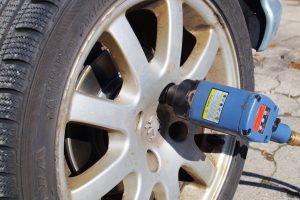
first time. This way, you know that all fittings are connected appropriately and chances of vibration are minimized. Education is also an important part of proper maintenance. Ensure that everybody on the team is educated about what to look out for and that everybody is conducting routine inspections.




